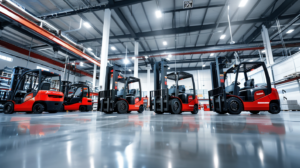Buying a forklift is a serious investment that can significantly impact your warehouse or industrial operations. Whether you’re looking to improve productivity or expand your material handling capabilities, it’s important to approach this decision with a well-thought-out strategy. In this comprehensive guide, we’ll break down the best way to purchase a forklift, step-by-step, so you can avoid costly mistakes and get the best value for your money.

Understanding Your Forklift Needs
Before pulling out your wallet, take time to understand exactly what you need. Choosing the wrong forklift can lead to inefficiencies, safety hazards, and unnecessary expenses.
Types of Forklifts for Different Applications
Different types of forklifts serve different roles:
- Counterbalance Forklifts – Great for lifting heavy loads in standard warehouse settings.
- Reach Trucks – Perfect for narrow aisles and high shelving.
- Pallet Jacks – Suitable for small warehouses and light lifting.
- Rough Terrain Forklifts – Ideal for outdoor construction sites and uneven terrain.
Load Capacity and Lift Height Considerations
Ask yourself: What’s the heaviest load you’ll regularly lift? Forklifts typically range from 3,000 to over 50,000 pounds in lifting capacity. Consider:
- Lift height requirements
- Load dimensions
- Load stability
Indoor vs Outdoor Usage
- Electric forklifts are best for indoor use—quiet and zero emissions.
- Gas or diesel forklifts are more suited for outdoor use—more power and durability.

New vs Used Forklifts: Which One to Choose?
Pros and Cons of Buying New Forklifts
Pros:
- Comes with warranty
- Latest safety features
- Longer lifespan
Cons:
- Higher upfront cost
- Higher depreciation rate
Benefits and Risks of Buying Used Forklifts
Pros:
- Lower cost
- Ideal for low-usage scenarios
Cons:
- May require more maintenance
- Shorter life expectancy
How to Assess Used Forklifts Effectively
Always check:
- Maintenance logs
- Hours of operation
- Tire wear and engine condition
- Signs of damage or rust
Renting vs Leasing vs Buying a Forklift
Key Differences Explained
- Renting – Short-term use, no commitment
- Leasing – Mid to long-term with lower monthly payments
- Buying – Full ownership, better for long-term use
When Should You Lease a Forklift?
Leasing works well if:
- You want updated equipment every few years
- You’re managing cash flow
- Your usage needs may change
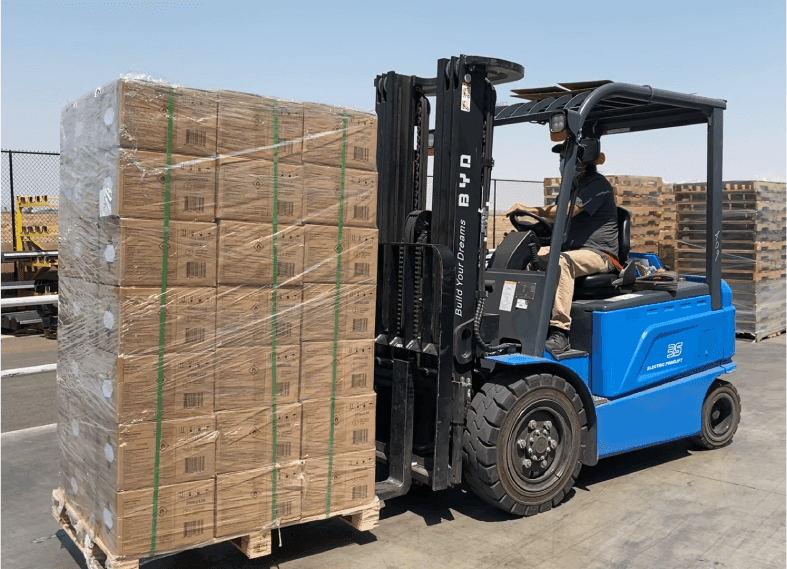
Cost Comparison: Rent vs Lease vs Buy
| Option | Ideal For | Avg. Monthly Cost | Pros | Cons |
|---|---|---|---|---|
| Rent | < 6 months | $600–$1,200 | Flexibility | Higher cost over time |
| Lease | 1–5 years | $300–$800 | Budget-friendly | No ownership |
| Buy | Long-term | $15,000–$40,000 | Ownership | High upfront cost |
Setting a Realistic Budget
How Much Do Forklifts Cost?
- Electric Forklifts: $15,000–$25,000 (new)
- Internal Combustion: $20,000–$35,000 (new)
- Used Forklifts: $5,000–$15,000
Total Cost of Ownership (TCO) Explained
TCO includes:
- Initial price
- Maintenance
- Fuel or electricity
- Insurance
- Operator training
Hidden Costs to Watch Out For
- Delivery fees
- Replacement parts
- Downtime and repairs
- Operator errors
Choosing the Right Forklift Brand
Top Forklift Brands in 2024
- Toyota
- Hyster-Yale
- Crown Equipment
- Komatsu
- Mitsubishi
Comparing Features and Reliability
Choose a brand known for:
- Durability
- Aftermarket support
- Warranty coverage
Warranty and Service Support Considerations
Look for:
- 2- to 5-year warranty options
- Access to authorized service centers
- Availability of spare parts
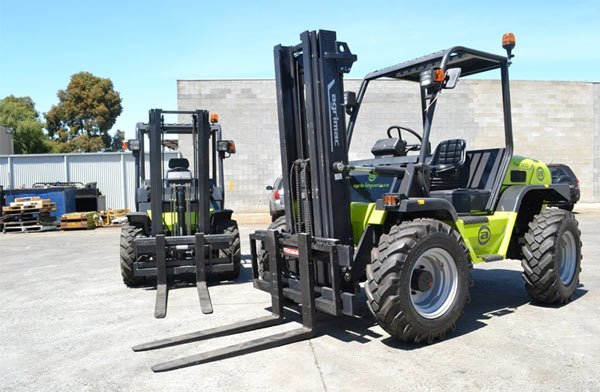
Where to Buy Forklifts: Dealer vs Online vs Auction
Authorized Dealers: Pros and Cons
Pros:
- Genuine parts
- Warranty coverage
- Financing options
Cons:
- Higher price point
Online Marketplaces and What to Look For
- Reputation (check reviews)
- Buyer protection
- Warranty or return policy
Auction Purchases: Risks and Opportunities
- Opportunity for bargain prices
- Risk of “as-is” condition with no recourse
Key Forklift Features to Evaluate
Safety Features to Prioritize
- Overhead guards
- Back-up alarms
- Seatbelt interlocks
- Anti-tip features
Ergonomics and Operator Comfort
- Adjustable seats
- Intuitive controls
- Visibility and lighting
Advanced Tech Options
- Telematics for fleet tracking
- GPS-enabled anti-theft systems
- Automated lift and load sensors

Evaluating the Forklift Seller or Dealer
Reputation and Experience
Check:
- Online reviews
- Years in business
- Client testimonials
Return Policy and Customer Service
- Flexible return window
- Transparent terms
- Support availability
After-Sales Support and Maintenance Availability
- Service plans
- Preventive maintenance options
- On-site support
Inspection and Test Drive Before Purchase
Pre-Purchase Inspection Checklist
- Forks: No cracks or bends
- Mast: Operates smoothly
- Hydraulics: Leak-free
- Engine: Starts easily, no smoke
Questions to Ask the Seller
- How many hours has it run?
- Any accidents or repairs?
- When was the last service?
Importance of a Test Drive
A test drive reveals:
- Handling ease
- Operator visibility
- Overall condition

Financing Your Forklift Purchase
Available Financing Options
- Bank loans
- Dealer financing
- Equipment financing firms
Interest Rates and Loan Terms
Rates vary:
- Typically 4%–12% based on credit and duration
- Terms range from 12–60 months
Manufacturer Incentives and Deals
Watch for:
- Year-end clearance sales
- Rebates and cashback
- 0% interest promotions
Legal and Safety Compliance
OSHA Forklift Regulations
Ensure the forklift meets:
- OSHA 29 CFR 1910.178 standards
- Proper labeling and documentation
Certification and Training Requirements
Operators must be:
- OSHA-certified
- Trained in workplace-specific use
Emission and Environmental Standards
Diesel/gas forklifts must meet:
- EPA emission standards
- Local air quality rules
Maintenance Plans and Warranty
What’s Typically Covered
- Drive motor
- Mast assembly
- Steering system
Extended Warranty Options
- 1–3 years add-on
- Includes major component protection
Choosing a Service Package
- Basic: Oil changes, checks
- Premium: On-site repairs, emergency service
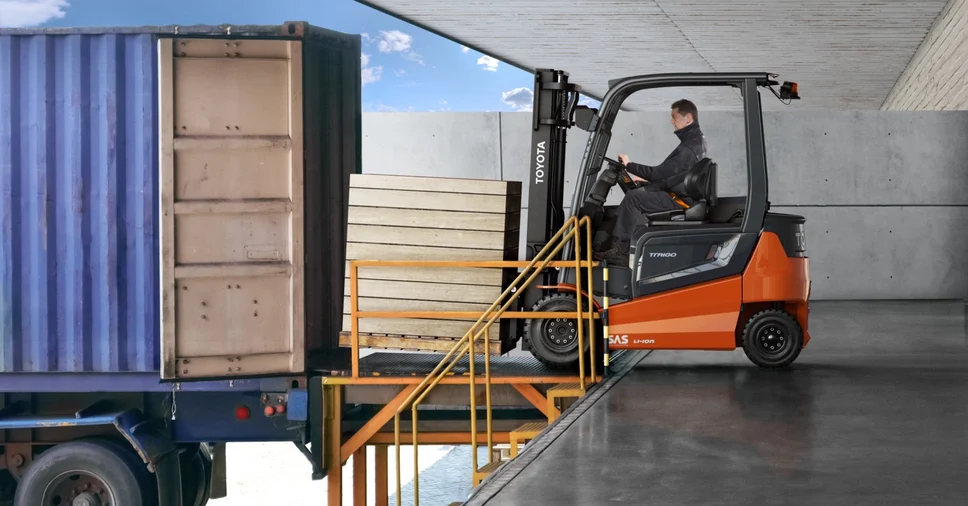
Making the Final Decision
Comparing Multiple Offers
Use a comparison chart for:
- Price
- Warranty
- Features
- Seller reputation
Using a Forklift Buying Checklist
Create a checklist:
- Must-have specs
- Budget range
- Preferred brands
How to Avoid Buyer’s Remorse
- Don’t rush
- Test and inspect
- Get everything in writing
Post-Purchase Considerations
Operator Training
- Schedule immediate certification
- Refreshers every 3 years
Forklift Insurance
- Covers theft, damage, liability
- Costs $500–$1,000 annually
Setting Up Maintenance Schedules
- Monthly checks
- Quarterly professional service
- Document everything
Common Mistakes to Avoid When Buying a Forklift
- Ignoring future scaling needs
- Skipping inspections
- Overprioritizing price over value
- Buying without considering TCO
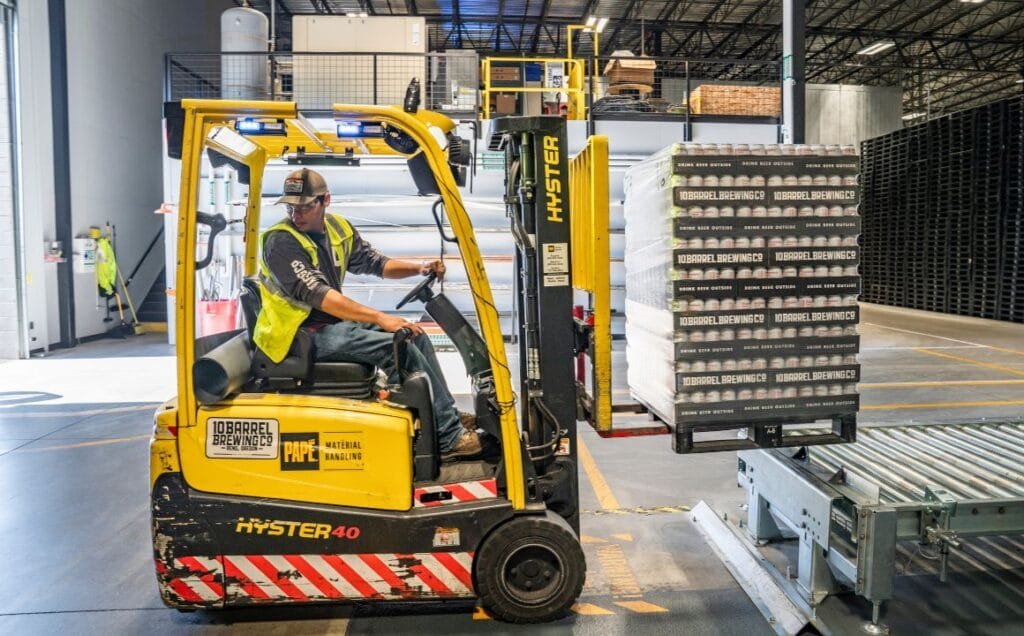
FAQs about Buying a Forklift
Q1: What’s the average lifespan of a forklift?
A1: Most forklifts last 10,000–15,000 operating hours or about 7–10 years.
Q2: Should I consider electric forklifts over diesel?
A2: Electric forklifts are ideal for indoor use due to zero emissions and lower noise.
Q3: Can I finance a used forklift?
A3: Yes, many dealers and lenders offer financing for used models.
Q4: How often should a forklift be serviced?
A4: Basic maintenance should be performed every 250 hours; major servicing at 1,000 hours.
Q5: Is it cheaper to rent a forklift short-term?
A5: Yes, if you need it for less than 6 months, renting is often more economical.
Q6: Can I negotiate the price of a forklift?
A6: Absolutely! Always compare offers and ask for discounts or additional services.
Conclusion: Smart Forklift Buying Starts with Strategy
The best way to purchase a forklift involves more than just comparing prices. It requires understanding your operational needs, evaluating financial options, scrutinizing the seller, and planning for long-term use. When done right, your forklift purchase will boost productivity, safety, and ROI.


